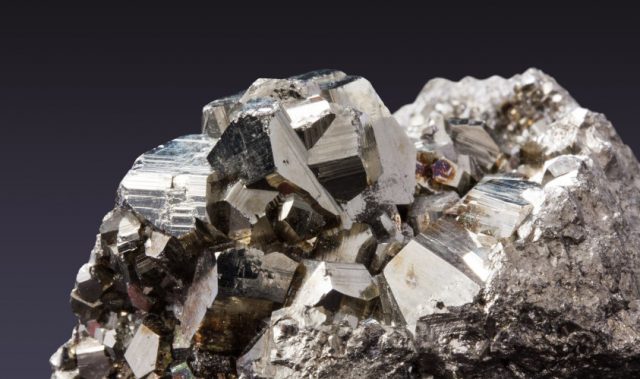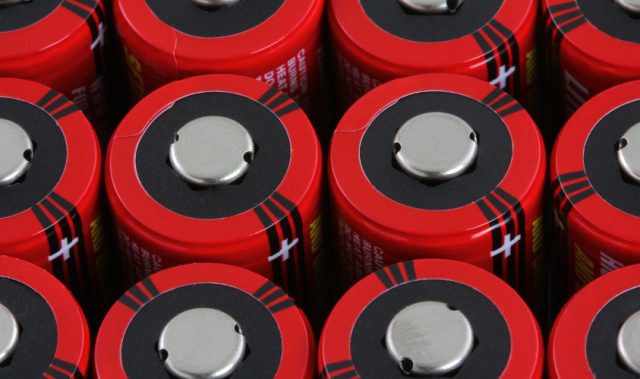
AsianScientist (Dec. 25, 2017) – A team of researchers at the Institute for Basic Science (IBS) in South Korea have synthesized four kinds of stabilized radicals, which are usually highly reactive and transient. They published their findings in Angewandte Chemie International Edition.
In most molecules, each electron finds a partner to pair up with. A radical is formed when electrons do not form a pair, and because some radicals have aligned spins, they possess ferromagnetic properties, meaning that they can be attracted by a magnetic field. Such radicals are likely to find applications in various fields, such as rechargeable batteries, molecular spintronics and molecular magnetism.
It has been difficult to generate relatively stable radicals because they react and change in the blink of an eye. In this study, researchers from the Center for Self-Assembly and Complexity of IBS were able to synthesize four kinds of stabilized radicals through the use of N-heterocyclic carbenes (NHCs) during the synthesis process.
The NHCs shared their electrons to stabilize the unpaired electrons of radicals, in this case, the organic oxime radicals. This result is particularly interesting as organic radicals are known to be very difficult to synthesize due to their instability.
The radical structures were confirmed by single crystal X-ray diffraction analysis at the Pohang Accelerator Laboratory in South Korea, and the properties of the stabilized radicals were verified by electron paramagnetic resonance.
The same research group has also recently stabilized triazenyl radicals and used them as cathode materials for rechargeable lithium ion batteries. In the future, the researchers intend to produce more radical chemicals that have yet to be synthesized.
The article can be found at: Kim et al. (2017) Oxime Ether Radical Cations Stabilized by N-Heterocyclic Carbenes.
———
Source: Institute for Basic Science; Photo: Shutterstock.
Disclaimer: This article does not necessarily reflect the views of AsianScientist or its staff.












